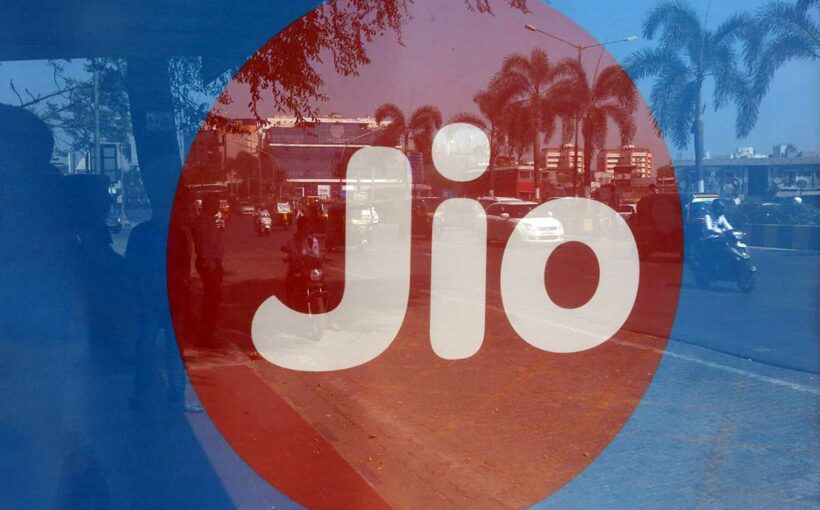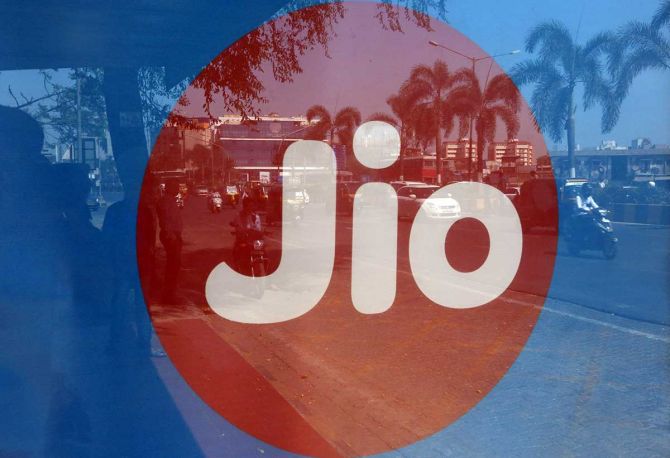The development marks a watershed moment in India’s telecom history since fixed-line or landline connections formed the final segment where a State-owned operator was in the top spot.
Mukesh Ambani-led Reliance Jio became the largest landline service provider in the country for the first time, in August.
With 7.35 million landline connections as on August 31, Reliance Jio beat state-owned telecom operator and hitherto market leader BSNL’s 7.13 million connections, according to the latest data released by the Telecom Regulatory Authority of India (Trai). Third-placed MTNL provided 2.6 million connections.
The development marks a watershed moment in India’s telecom history since fixed-line or landline connections formed the final segment where a State-owned operator was in the top spot. Reliance Jio had been looking to make inroads into the segment over the past few years, and launched Jio Fibre in 2019, which included both landline and fibre-based broadband services.
Trai had earlier pointed out the declining number of landline connections in the country as a cause for concern since the same network is also used to deliver fixed-line broadband services. Largely dominated by BSNL and MTNL, the number of landline connections declined from 36.76 million in 2010 to 20.58 million in 2020.
But in the past two years, the figure has increased because of myriad of reasons, including because of the work-from-home scenario since the Covid outbreak.
The number of landline connections rose to 25.97 million in August (according to Trai’s data released on Tuesday), from 25.62 million in July). This has been attributed to better connection plans, the reopening of offices after the pandemic, and more importantly, higher uptake of landline-based broadband connections.
However, of total 1.17 billion telecom connections in the country, less than 2 per cent are currently landlines. BSNL and MTNL together held 37.4 per cent of the landline market share as on August 31. Jio still leads the wireless segment
Reliance Jio cemented its lead in the wireless segment, gaining 3.2 million mobile-phone subscribers in August. Jio’s onboarding of new users gained pace over the three months until August — with 2.9 million new users in July, and 0.4 million new subscribers in June.
Sunil Mittal-led Bharti Airtel added 0.3 million subscribers in August. It had added 0.5 million and 0.7 million subscribers in July and June, respectively, Trai data showed. Third-placed Vodafone Idea continued to lose subscribers: 1.9 million in August against 1.5 million in July.
Meanwhile, State-owned BSNL and MTNL lost 571,778 customers and 470 wireless customers, respectively. BSNL continues to have 110.06 million subscribers in the country. As of August, Jio had the highest user base in the country, at 419.24 million, followed by Airtel at 363.8 million, and Vodafone Idea at 253.14 million.
Overall, Trai data showed the number of new mobile-phone users in India increased to 1149.11 million at the end of August – a gain of 1.08 million users over a month. This constituted a larger rise than July’s 0.69 million new wireless users.
By the end of August, the private telecom service providers had 90.17 per cent of wireless subscribers; the market share of BSNL and MTNL remained below 10 per cent for the second month in a row. They had a combined market share of 9.83 per cent. On a month-on-month basis, total number of broadband subscribers increased to 813.94 million by August-end.
During August, 11.35 million subscribers submitted their requests for Mobile Number Portability (MNP), up from 10.23 million in July, and 9.02 million in June. With this, the cumulative MNP requests, so far, since its inception increased to 724.8 million.
Total user base rises
The overall number of telephone subscribers in India increased by 1.42 million in August. It stood at 1,175.08 million as on August 31, the data showed. The number of new subscribers had risen by 0.7 million and 2.22 million in July and June respectively.
In urban areas, the number of subscribers increased to 651.07 million at the end of August, up from 650.40 million at the end of July.
Trai’s data showed rural subscriptions recovered from a rare decline. Total number of subscribers in India’s vast rural hinterland rose by 0.75 million in August, after declining by 0.6 million subscribers in July. The overall teledensity in India increased to 85.15 per cent at the end of August, from 85.11 per cent at the end of July, and 85.13 per cent at the end of June.
Source: Read Full Article

